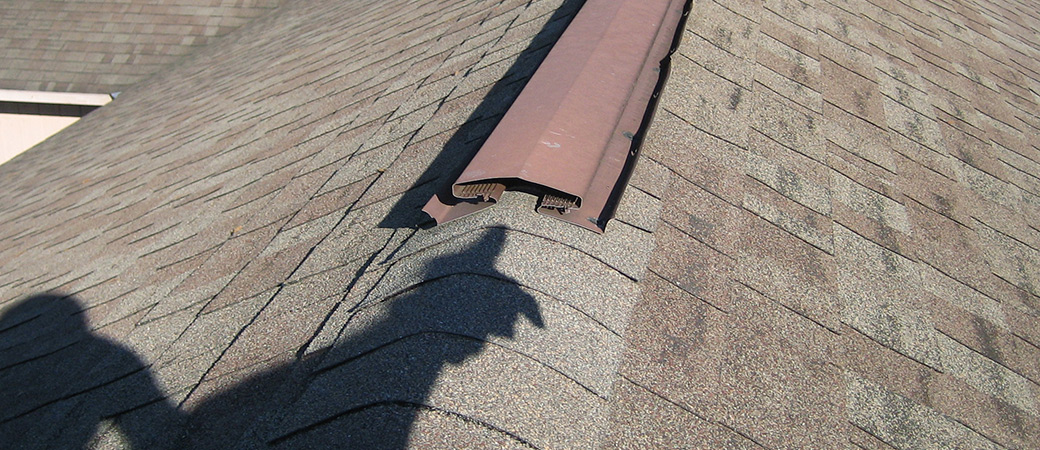Inspecting Your House To Find Wild Animal Entry Holes
If you suspect that wild animals are getting in and out of your home, then you definitely have an issue on your hands, but we can take care of it for you. The first step to getting rid of wildlife and keeping them out is inspecting your house for wild animal entry holes.

Some homeowners try to do this task themselves, but an untrained eye is incredibly likely to miss at least one potential entry point. Since a single missed entrance can result in multiple animals entering, it is best to leave this to the professionals.
We Can Inspect Quickly And Effectively
Between our extensive training and years of experience dealing with wildlife, we have the knowledge and skills necessary to easily spot wild animal entry points. Even a quick walk around your home is likely to show us at least one or two points of concern. With a thorough inspection, we are able to find every single entrance. Only then is it possible to seal them all up (after making sure no animals are inside) and ensure your home remains free from unwanted wildlife.
We Are Familiar With Common Entry Points
Our ability to effectively discover wild animal entry holes comes down to two main factors: our familiarity with which areas are most commonly used and our knowledge of indications that a hole is in active use. We will do a general inspection and then check out every area of your home.
During this inspection, we pay particular attention to the most common entrances, such as the chimney, particularly if you do not have a chimney cap in place. We also ensure thoroughness on the roof, particularly by the eaves and by any areas where there are tree branches providing easy access. Throughout the inspection, we pay particular attention to those areas where two components of your home join. This includes gables, balconies, roof joints, and pillars as these can be common entrances and appeal for exterior nesting.
Expect us to spend some extra time by vents, pipes, ducts, and other similar items as well since any gap can be enough for a small animal to get in. We will additionally check for cracks in masonry and any holes or cracks in your home’s foundation. A larger animal may even expand these small gaps to fit inside. Animals such as raccoons and squirrels have been known to get through insulation, roofing shingles, siding, and more. Raccoons are actually strong enough to tear holes in your roof at times, which is why we inspect the entire home, not just the most common areas.
We Recognize Signs Of Potential Entrances
In addition to knowing where to look for the animal entrances, our expertise means that we are aware of the classic signs that an animal is using a particular area. Scratch marks or little pieces of fur stuck to the siding or wood are both excellent indications. We will be on the lookout for droppings, fallen food remnants, and grease. The last of these is typically found around bat entry points as the animals come in contact with the building as they fly in and out. It is also likely to find stains around the entry points used for rodents and birds.
We Always Check For And Remove Animals Before Closing Entry Points
Regardless of whether or not we believe that entry points are active, we will take care to ensure all animals are out of your home before sealing them up. After all, if an animal is accidentally trapped inside, it will die and leave you with a different problem to deal with – finding and removing it before it begins to decompose.
Because of the range of services we offer, we are able to remove the animals humanely if there are any present. After that, we can seal up the entry points we discovered and even assist with cleaning up the mess the animals left behind.
We Can Explain WHY Wild Animals Chose To Enter Your Home
Some homeowners don’t just ask us to inspect their house for entry points; they also want to know why the animals were attracted to their house in the first place. This is smart as that knowledge allows you to make changes that reduce the appeal of your property to wildlife.
Simply put, most wild animals that enter the home will be doing so in search of shelter. They need protection from the elements as well as predators in order to survive and your home provides that, whether they are in the attic, walls, under the porch, or somewhere else. Of course, wild animals are more likely to choose your home over other nearby structures if there is also a convenient food source. That is why we suggest cleaning your yard of garbage and fallen fruit or nuts from trees in addition to finding and closing entry points.

